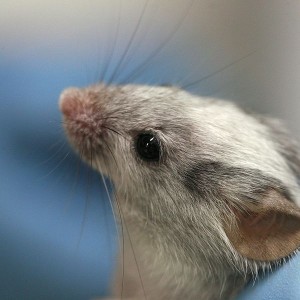THURSDAY, 17 JANUARY 2013
Blindness due to the degeneration of the retina is not an irreversible condition after all. Injecting developing cells into the eyes of blind mice cured the animals from their illness and this approach could be achieved in humans as well. Prof Robert MacLaren from the University of Oxford, the leading scientist of the study, says that “all the steps are there for doing this in patients in the future.”The blind mice used in the study suffered under a condition known as retinitis pigmentosa, in which the photoreceptors in the retina gradually die, leading to severe vision impairment and often blindness. This disorder is common among human patients, affecting about 1 in 4000 people in the United States.
The Oxford researchers transplanted retinal precursor cells into the eyes of the blind mice. These precursors are partially differentiated and on the way to becoming retinal cells. Within two weeks, these cells had grown into a full light-sensitive layer and 10 of 12 mice were able to see again. This means that the transplanted cells had not only become light-sensing but they had also rebuilt all the necessary connections to the optic nerve and thus to the brain. That such a total reconstruction of the light-sensitive layer was successful is very exciting news, considering the layer’s “highly complex structure”, Prof MacLaren explains.
In order to transfer this treatment into human patients, a source for suitable stem cells to be used in such transplants will have to be found. But a big step towards this “ultimate goal of the stem cell treatments for blindness” has undoubtedly been made.
DOI: 10.1073/pnas.1119416110
Written by Jannis Meents.

